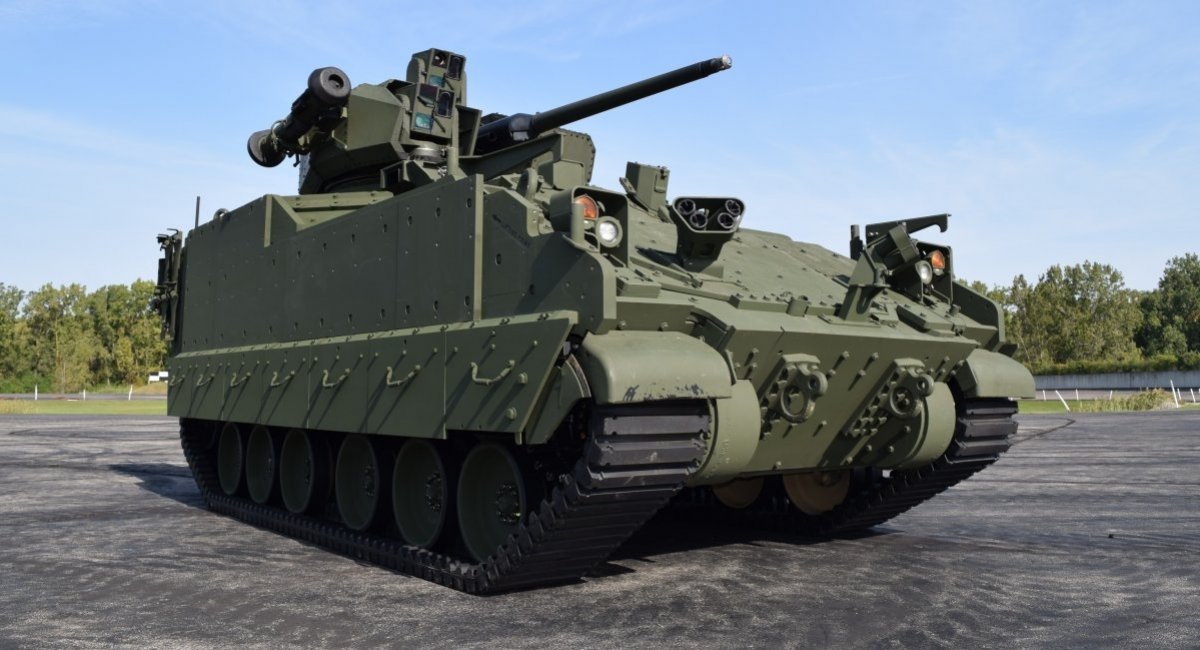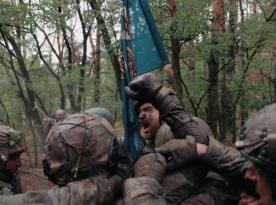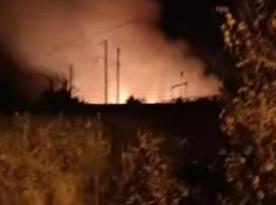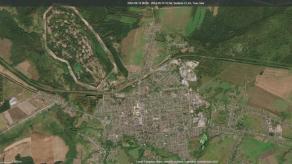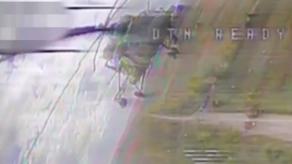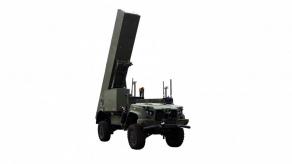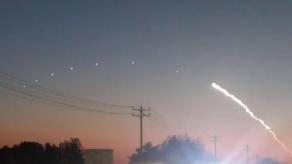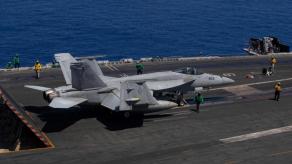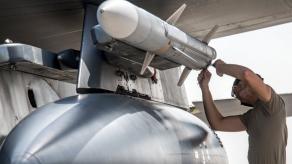The U.S. Army’s announced sweeping transformation — which involves scaling back or abandoning heavy weapons deemed unsuitable for potential conflict in the Indo-Pacific — appears to be bringing indirect benefits to Ukraine. This is suggested by an internal email from Glenn Dean, executive director of the Army's Ground Combat Systems Program, obtained by Breaking Defense.
The message outlines the cancellation of several development programs and planned procurements. Among them: the M10 Booker light tank program is terminated, the October 2024 competition for a new self-propelled howitzer is cancelled, and orders for the Stryker, HMMWV, and JLTV armored vehicles will no longer be awarded.
Of particular interest is a line indicating that production of the Armored Multi-Purpose Vehicle (AMPV) "will be reduced to minimum sustainment rate but mitigated by Ukraine buyback."
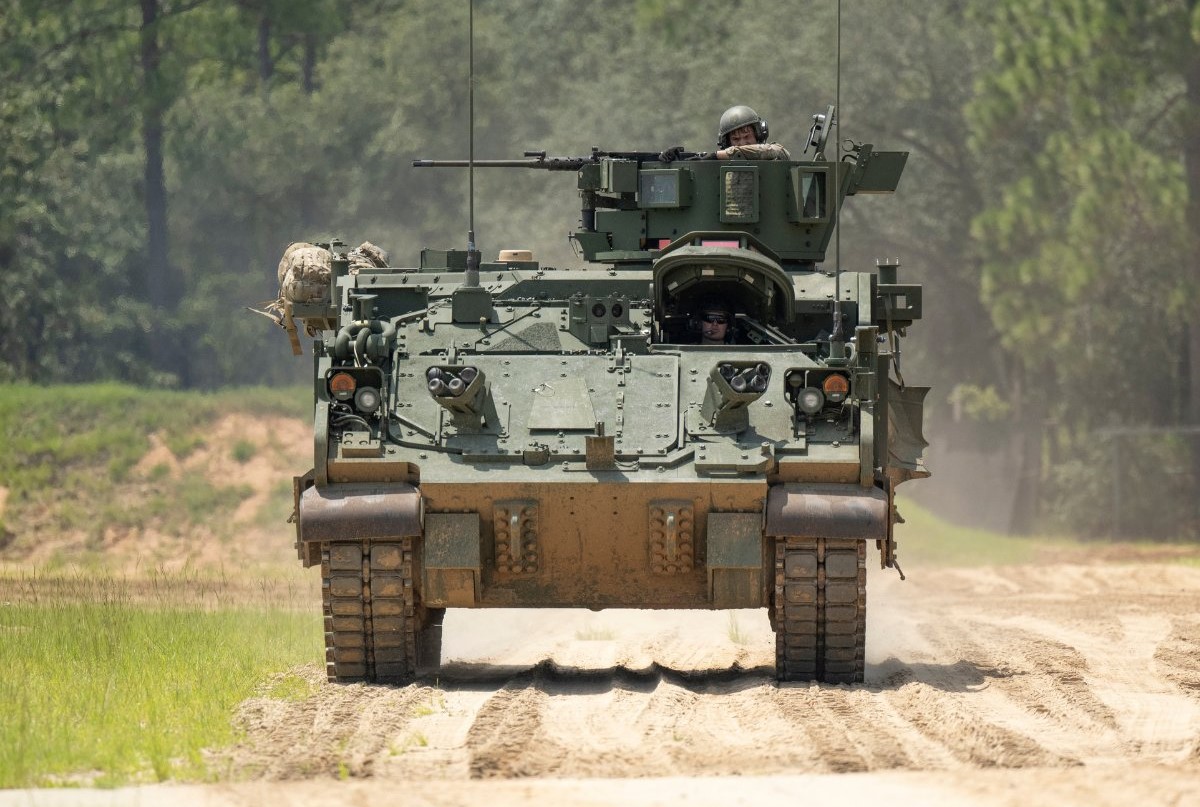
While the wording leaves room for interpretation, it likely suggests that Ukraine may now play a role in sustaining AMPV production by ordering vehicles for its own use — an intention Kyiv has not publicly declared. Another possible reading is that this refers to the Pentagon’s January 2025 decision to procure AMPVs to replace Bradleys sent to Ukraine. However, that would contradict the Army’s stated goal of reducing its heavy armor fleet.
The AMPV itself is a turretless 36-ton tracked armored personnel carrier based on the BAE Systems M2 Bradley chassis. Designed to replace the aging M113, it retains the mobility, protection, and automotive features of the Bradley but is built in several mission-specific configurations.
These include medical, command vehicle, mortar carrier variants, and a general purpose personnel carrier accommodating up to six troops in the landing compartment. Full-scale production began in 2023, following a 2014 U.S. Army plan to acquire over 3,000 units.
Importantly, BAE Systems has also presented AMPV versions that bring the turret back, effectively reshaping it as an infantry fighting vehicle (IFV). The manufacturer said it can integrate any turret as long as it meets the capabilities and dimensions of the AMPV.
It allows the customer to select the caliber of the main gun, the type of anti-tank missile, electro-optical systems, and even panoramic sights, depending on operational needs and budget. For example, BAE has showcased compatibility with Oshkosh’s MCWS turret.

In addition to traditional IFVs, there's the AMPV C-UAS: a drone-killer model, equipped for convoy and assault group protection against reconnaissance and/or strike UAVs.
Next-generation #CombatInnovations like the AMPV C-UAS are transforming the future of battle for Soldiers. Don’t miss the latest #news on #AMPV: https://t.co/4AyuoumGLT. pic.twitter.com/1nTh16Blih— BAE Systems, Inc. (@BAESystemsInc) January 23, 2024
For indirect fire support, BAE is offering a self-propelled mortar version equipped with the 120mm Patria NEMO turret, which features automated loading and a firing rate of 10 rounds per minute.
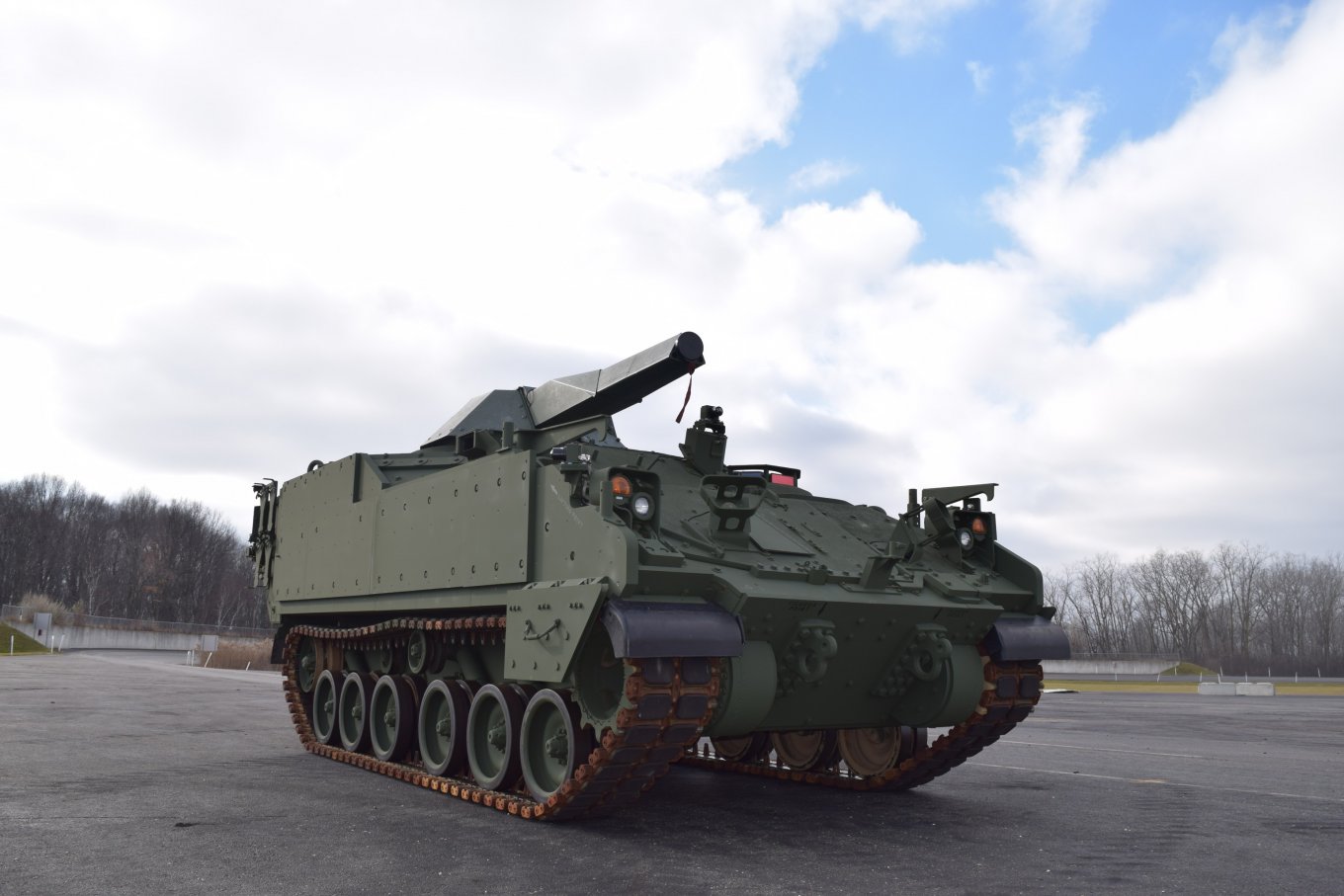
Yet despite the flexibility of the AMPV platform, production remains limited by capacity and budget. Two firm U.S. Army contracts (the latest signed in March 2024) cover 628 vehicles at a cost of $1.6 billion, or roughly $6.9 million per unit. According to public data, output is scheduled as follows: 91 units in 2024, 81 in 2025, 122 each in 2026 and 2027, and 87 in 2028.
Whether Ukraine will purchase any of these vehicles — and if so, in what configuration, at what cost, and under what terms — remains to be seen.
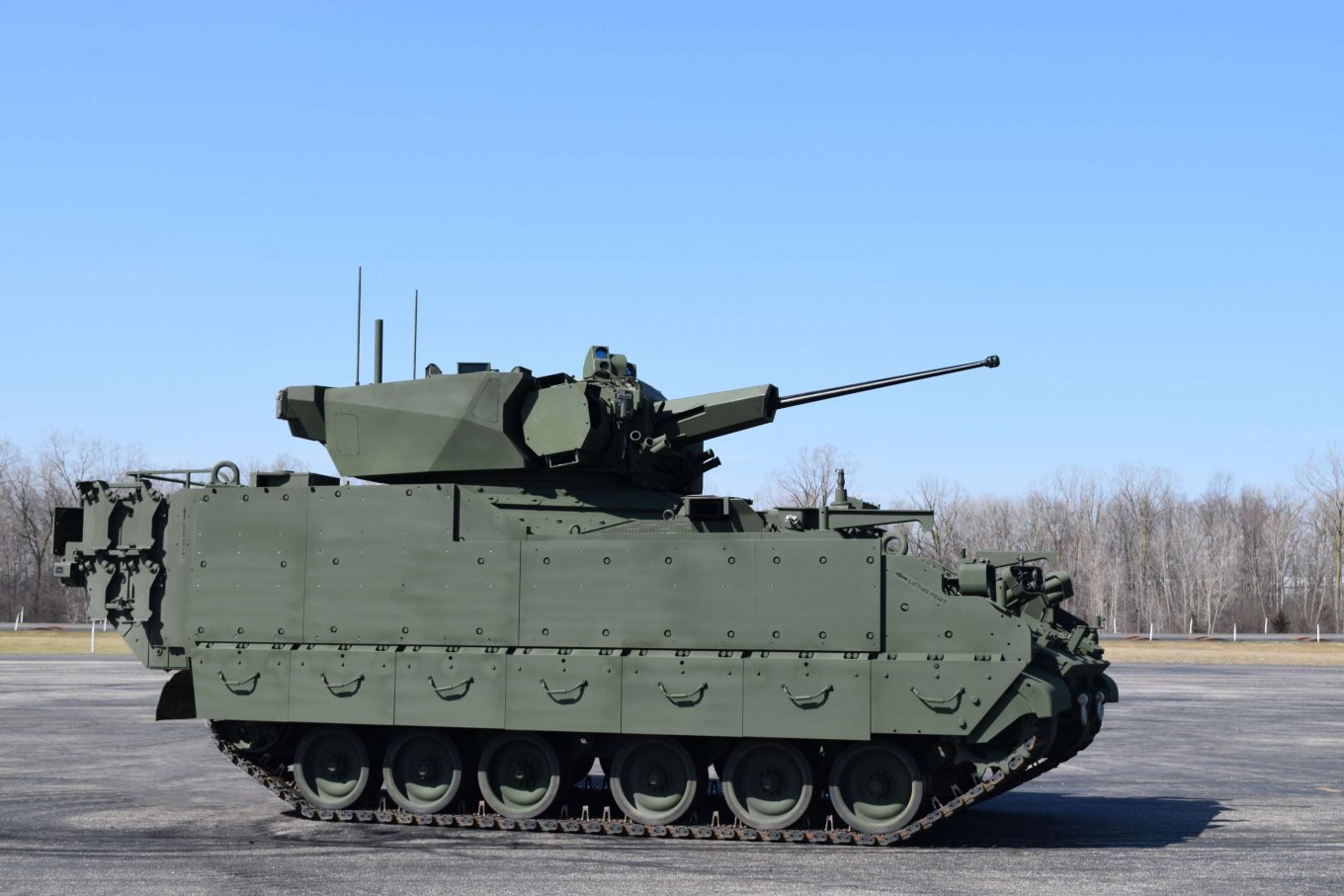
Read more: FMS Deal for Ukraine Approved for the First Time Under Trump's Second Term: Important for F-16s and the Funding Question



